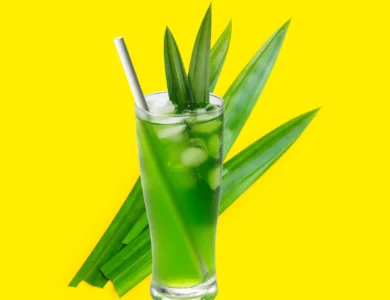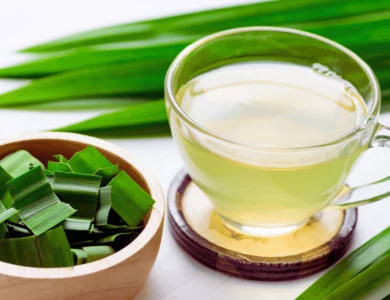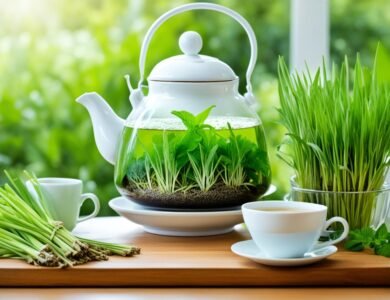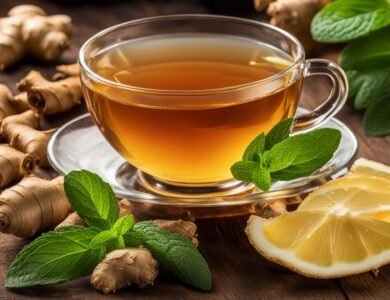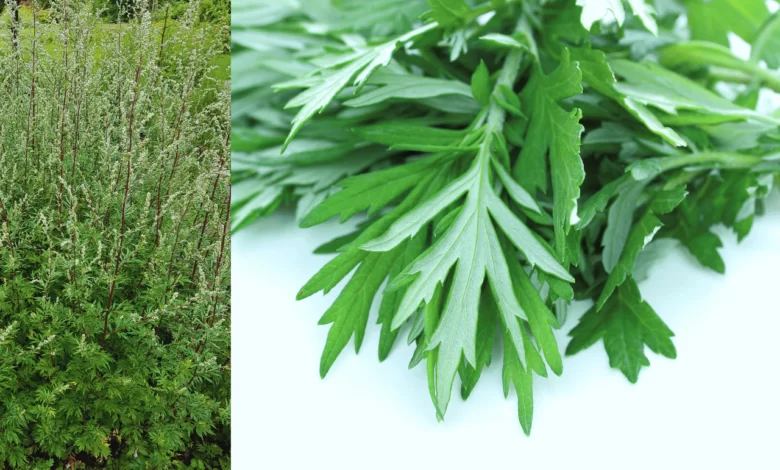
- Damong Maria (Mugwort) has a rich historical significance dating back to medieval times.
- Known for its medicinal properties, especially concerning women's health.
- The herb is easy to grow and identify, making it a popular choice among enthusiasts.
The enigmatic herb Damong Maria (Mugwort), known scientifically as Artemisia Vulgaris, has been revered across cultures for its medicinal and mystical properties. Traced back to ancient civilizations, this perennial plant has carved a niche in the annals of traditional medicine.
Historical Significance
Traditional Use and Importance
Damong Maria was dubbed the “mother of herbs” in medieval times due to its versatile uses. Its roots delve deep into the traditional medicinal practices of various cultures. It was often used in rituals as a protective charm against evil spirits due to its mystical aura.
Vernacular Names
Across different regions, the herb is known by various names, illustrating its widespread recognition and use. The vernacular words resonate with the local cultures, each telling a tale of the herb’s importance in that region.
Medicinal Properties
Women’s Health
Damong Maria profoundly impacts women’s health by alleviating menstrual cramps, regulating menstrual cycles, and easing menopausal symptoms.
- Menstrual Relief: Damong Maria acts as an emmenagogue that stimulates menstrual flow, relieving menstrual cramps.
Other Health Benefits
Aside from its predominant use in women’s health, Mugowrth also aids digestion, alleviates liver and kidney diseases, and relieves arthritic pain. The herb is also known for its potential benefits in treating insomnia and anxiety.
- Digestive Aid: Its bitter constituents stimulate digestive juices, aiding in better digestion.
Preparation and Usage
Preparing simple teas to complex tinctures and extracts is the medicinal use of Damong Maria, depending on the ailment being treated. The preparation method, dosage, and part of the plant to be used are determined by the specific treatment required.
Botanical Description
Physical Characteristics and Geographic Distribution
Damong Maria is a hardy perennial plant that thrives in temperate climates. Its green, pinnate leaves with a silvery fuzz underneath and small, yellow or reddish-brown flowers are distinct characteristics that aid in its identification.
Cultivation and Propagation
Growing Damong is a rewarding endeavour due to its low-maintenance nature. It prefers well-draining soil and a sunny location. Propagation is usually done through seeds or root division, making it an easily cultivable herb for novices and seasoned gardeners.
Identification Among Similar Plants
The unique botanical features of Damong Maria set it apart from other herbs. Its identification is relatively straightforward once familiar with its distinctive leaves and flower structure.
Miscellaneous Uses and Precautions
Other Uses
Apart from its medicinal uses, Damong Maria is also utilized as an insect repellent and in dye production due to its rich pigment.
Precautions and Side Effects
While using Damong Maria, it’s essential to exercise caution as it may cause allergic reactions in some individuals. Its emmenagogue properties make it unsuitable for pregnant and breastfeeding women.
Cultivation and Identification
Growing Damong Maria (Mugwort)
Cultivating Damong Maria (Mugwort) is straightforward, making it a favourite among herb enthusiasts.
- Soil Requirements: Prefers well-draining, slightly acidic to neutral soil.
- Sunlight: Thrives in full sun but can tolerate partial shade.
- Watering: Moderate watering, ensuring the soil remains moist but not waterlogged.
- Fertilization: A balanced fertilizer can be used during the growing season to encourage lush growth.
Here’s a visual representation of the growing requirements for Damong Maria (Mugwort):
| Factor | Requirement |
|---|---|
| Soil Type | Well-draining |
| pH Level | 6.0 – 7.0 |
| Sunlight | Full sun |
| Watering | Moderate |
| Fertilization | Balanced fertilizer |
Growing your own Damong Maria garden can be a fulfilling venture. For a visual guide on cultivating this herb, refer to this video:
Identification Among Similar Plants
Identifying Damong Maria among other similar herbs requires a keen eye for its distinctive features:
- Leaves: The pinnately lobed, dark green leaves with a silvery fuzz underneath are distinctive.
- Flowers: Small, yellow or reddish-brown flowers bloom during the summer.
- Height: Typically grows to a height of 1 to 2 meters.
Understanding the unique characteristics of Damong will ensure this herb’s correct identification and utilization.
Miscellaneous Uses and Precautions
Other Uses
Beyond its medicinal properties, Damongserves other purposes:
- Insect Repellent: The herb’s pungent aroma is known to repel insects.
- Dye Production: The plant can be used to produce a green dye.
Precautions and Side Effects
It’s crucial to exercise caution while utilizing D-Maria:
- Allergies: Some individuals might experience allergic reactions.
- Pregnancy: Due to its emmenagogue properties, pregnant and breastfeeding women should avoid its use.
Frequently Asked Questions
What are the medicinal properties of Damong Maria (Mugwort)?
People revere Damong Maria for its medicinal properties, particularly concerning women’s health. It effectively alleviates menstrual cramps and regulates menstrual cycles.
How can I grow Mugwort in my garden?
Damong grows best in well-draining soil, with full sun exposure and moderate watering. You can propagate it either through seeds or root division.
What precautions should I take while using Damong Maria (Mugwort)?
Individuals should be cautious of allergic reactions, and pregnant or breastfeeding women should avoid its use due to its emmenagogue properties.
